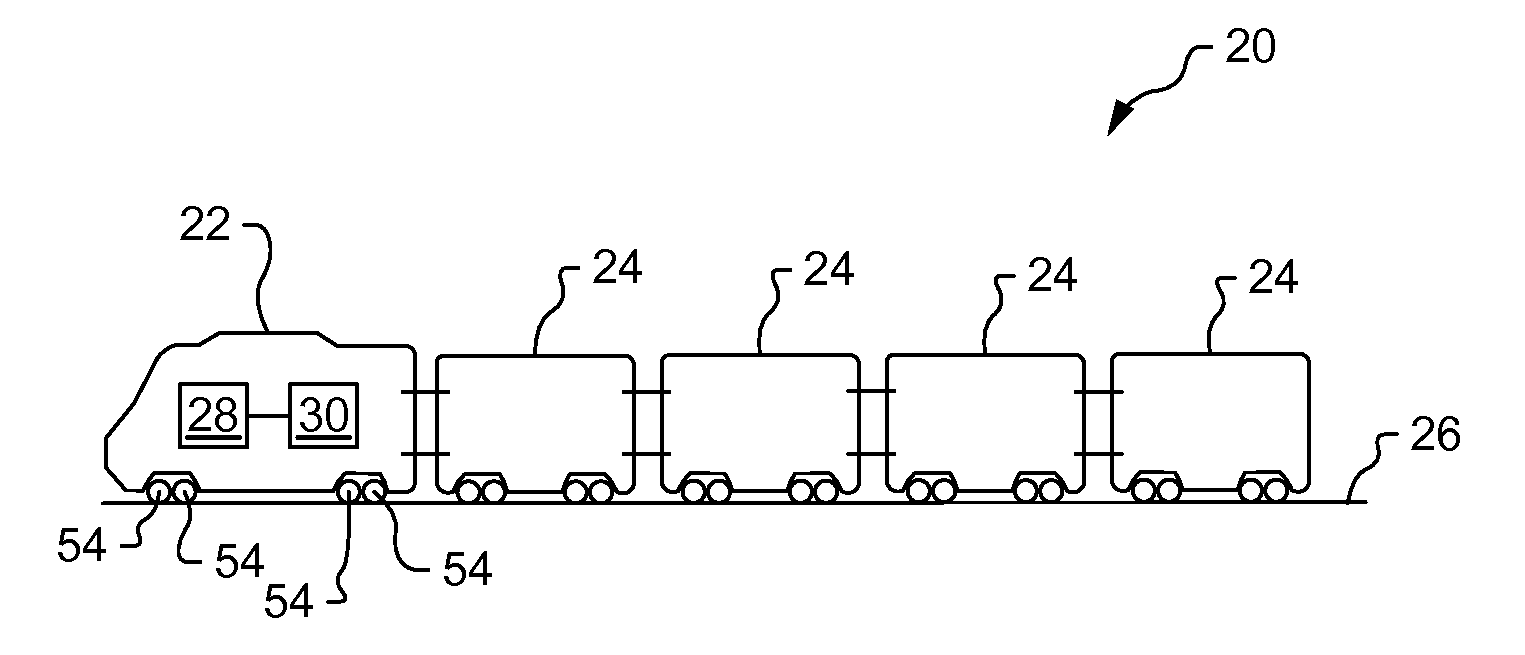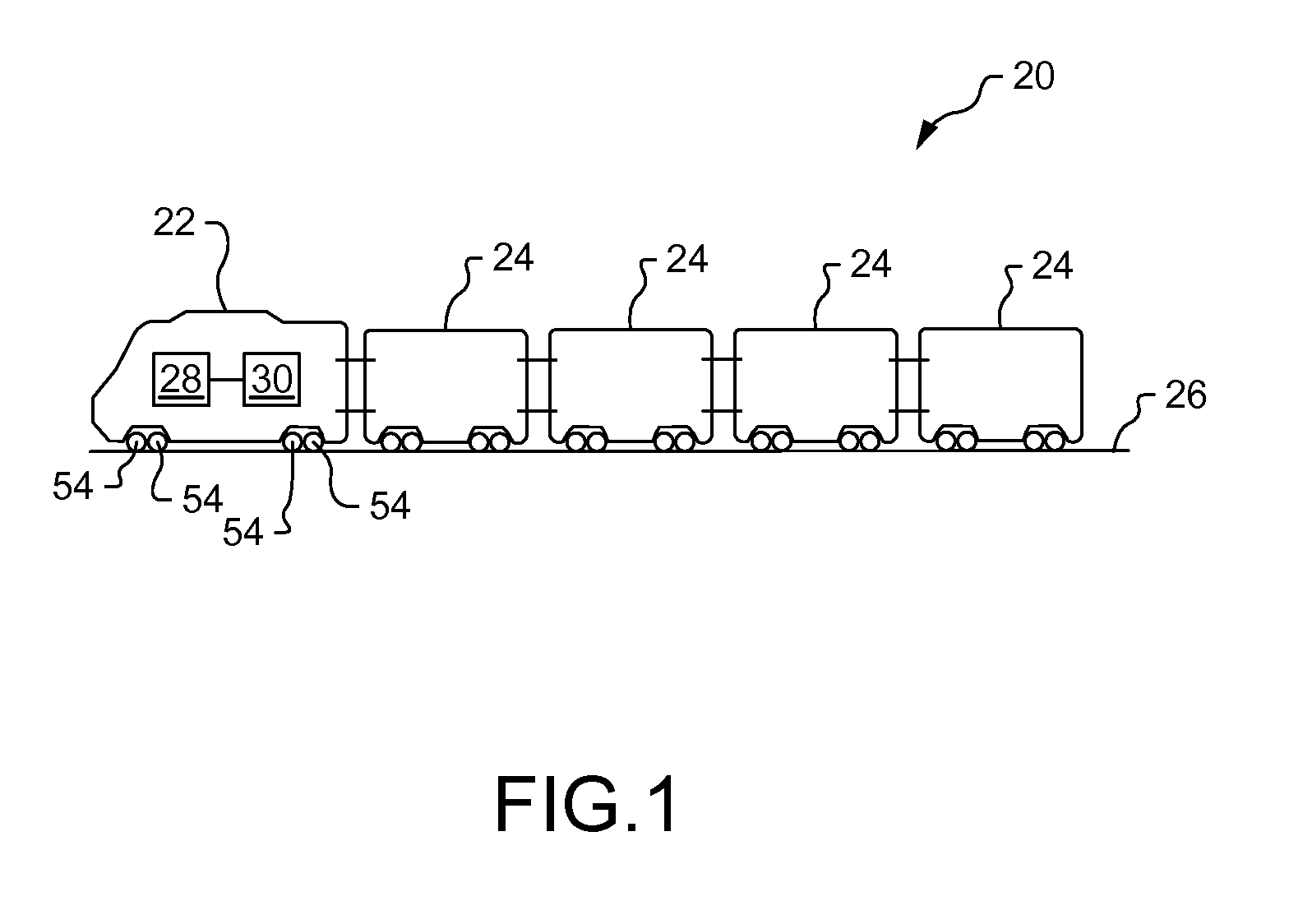Inverter-Based Head End Power System
a power system and inverter technology, applied in the field of locomotives, can solve the problems of increased emissions, increased maintenance costs, and increased power output of the main engine of the locomotive, and achieve the effects of reducing and increasing the number of locomotives
- Summary
- Abstract
- Description
- Claims
- Application Information
AI Technical Summary
Benefits of technology
Problems solved by technology
Method used
Image
Examples
Embodiment Construction
[0026]The present disclosure provides an inverter-based system and method for providing head end power (HEP) in a locomotive. The HEP system and method provide at least two inverter modules in parallel between a direct current (DC) link and a transformer. The transformer of the HEP system and method allows the inverter modules to be paralleled, while generating a single output onto a HEP bus. The HEP bus then delivers the necessary power to the various loads of the HEP system. Furthermore, the DC link input to the parallel inverter modules is supplied by the primary power source, or main alternator / generator. In so doing, a separate HEP generator is not needed for the disclosed system and method. By eliminating a second generator, the inverter-based HEP system and method significantly reduce noise levels, fuel consumption, and emission levels in locomotives, while still providing the requisite HEP to passenger train cars,
[0027]Reference will now be made in detail to specific embodim...
PUM
 Login to View More
Login to View More Abstract
Description
Claims
Application Information
 Login to View More
Login to View More - R&D
- Intellectual Property
- Life Sciences
- Materials
- Tech Scout
- Unparalleled Data Quality
- Higher Quality Content
- 60% Fewer Hallucinations
Browse by: Latest US Patents, China's latest patents, Technical Efficacy Thesaurus, Application Domain, Technology Topic, Popular Technical Reports.
© 2025 PatSnap. All rights reserved.Legal|Privacy policy|Modern Slavery Act Transparency Statement|Sitemap|About US| Contact US: help@patsnap.com



